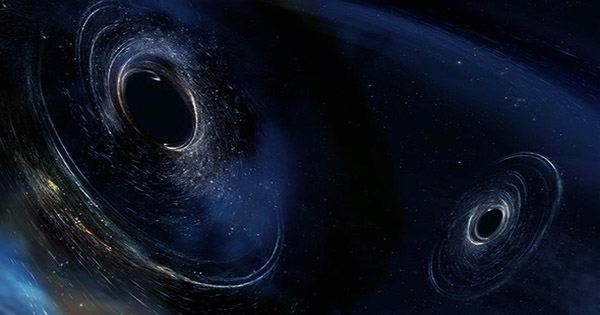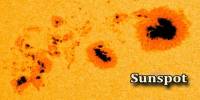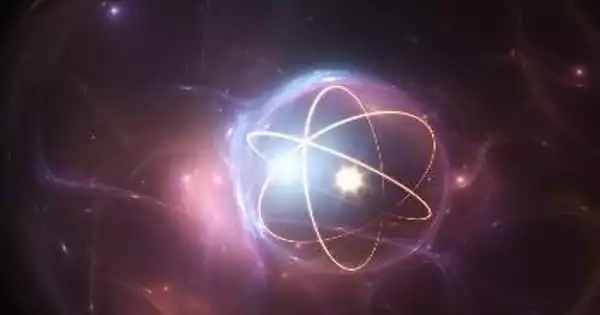The so-called Black Hole Information Paradox has been solved in a novel way. It requires an unusual general relativity solution: wormholes, which are special bridges connecting two points in space-time. This theoretical framework offers fascinating indications as to what may be happening within black holes.
We need to go back to the 1970s to grasp the intriguing possibilities of this discovery, which was published in the Journal of High Energy Physics. Stephen Hawking discovered during that decade that black holes are such extreme things that their attributes can be reduced to just a few numbers — and that these numbers are independent of how the black hole began. This is a concern because if the conditions beyond a certain point don’t matter, a physical state might become many and no longer be distinct. This means that any information that enters the black hole is lost permanently, which is against quantum physics’ principles.
Hawking’s solution is that general relativity should be adjusted, and that information is saved via Hawking radiation, which is an emission from a black hole. However, how it is repaired is a point of contention. Entropy, a measure of how chaotic a system is, is a critical aspect to consider. The black hole evaporates and shrinks as it emits Hawking radiation. However, simple quantum mechanics and relativity combinations show that when the black hole shrinks, the entropy grows, resulting in the loss of at least some information. As a result, we’ve returned to a dilemma.
Don Page calculated in 1993 that entropy must first increase, then decrease to zero in order to maintain information conservation. This new effort is an attempt to incorporate Page’s calculations into a model, which is where the wormhole comes in. In relativity, wormholes are particular solutions, but just because the math works doesn’t mean they’re real.
The team is taking the similar method, employing math to build a wormhole-like connection from the inside of the black hole to the radiation released. They are not arguing that black holes are plagued with wormholes, but rather that the theory that integrates general relativity and quantum mechanics – the legendary quantum gravity – may look like this since it matches Page’s anticipation.
In a release, lead author Kanato Goto of the RIKEN Interdisciplinary Theoretical and Mathematical Sciences said, “We uncovered a novel spacetime geometry with a wormhole-like structure that had been disregarded in traditional computations.” “Computing entropy with this new shape yields an entirely different answer.”
While the hypothesis is fascinating, the mechanics behind it remains a mystery. When anything passes into a black hole’s event horizon, it can no longer escape since it would have to travel faster than the speed of light. When it comes to the ultimate solution to the Information Paradox, there is something that is beyond our present comprehension at work. “We still don’t understand the fundamental mechanism through which information is transported away by radiation,” Goto continued. “We need a quantum gravity theory.”
















